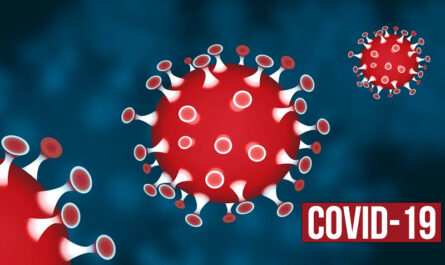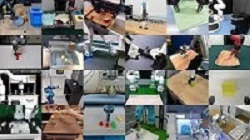A revolutionary new system is being developed by the European Union SOMA project, aiming to improve the function and control of prosthetic hands. Instead of using traditional electrodes to detect muscle impulses and convert them into hand movements, this system utilizes ultrasound technology.
The SOMA system involves seven research groups from five countries. Its current version consists of a bracelet worn around the forearm, which incorporates an array of ultrasonic transducers. These transducers emit multiple ultrasound pulses into the muscle tissue, and by measuring the time it takes for these pulses to be reflected back, the thickness of individual muscle strands can be determined. When a muscle strand is contracting, it appears thicker than when it is relaxed.
Using this information, the system can identify which muscle strands are being consciously contracted by the wearer in real time. The readings are then transmitted to a computer, where an AI-based software analyzes them and sends corresponding movement commands to the prosthetic hand. According to Dr. Marc Fournelle of the Fraunhofer Institute for Biomedical Engineering, the use of ultrasound instead of electrodes enables greater sensitivity and accuracy in detecting different types of movements, such as flexing, extending, or rotating.
The project’s future plans involve replacing the bracelet with a miniaturized transducer array built into the cuff of the prosthesis itself. Additionally, the readings could be transmitted wirelessly via Bluetooth to a smartphone app, which would then relay the movement commands to the hand. Furthermore, the prosthetic hand may incorporate pressure sensors in its fingers, allowing users to receive a sense of touch. These signals would be relayed back to the nerves in the user’s arm stump through electrodes, creating a tactile sensation in the brain.
By utilizing ultrasound technology, the SOMA system aims to overcome the limitations of electrode-based control in prosthetic hands. This innovative approach offers improved sensitivity, accuracy, and freedom of movement detection. The incorporation of pressure sensors and the ability to transmit a sense of touch further enhances the user experience. With ongoing research and development, this system has the potential to revolutionize the field of prosthetics, providing individuals with more intuitive and natural control over their prosthetic hands.
*Note:
1. Source: Coherent Market Insights, Public sources, Desk research
2. We have leveraged AI tools to mine information and compile it




